Example of designing a task-oriented change process
A colleague, Bill Palmer, posed a question to my earlier post about my recommendation of using tasks (not people, not teams, not the organization) as fulcrum for change. This is the post that originated his question https://molini.eu/es/task-based-change-processes/
Some members of the management team of the biggest publisher of school books in the Spanish speaking world, a company that had been VERY successful during 80 years, saw the need to develop their digital business.
After some initial work, a hypothesis began to be formulated: the company as a whole and a big chunk of the employees were so identified with the paper business that felt victimised by the technological changes in the market. And the people at the technology department, that were at that point very far away from the business, felt victimised by the rest of the company, that perceived them as a source of problems, not of solutions.
So we decided that the first loop of projects would focus on bringing the tech-people and other departments to collaborate to solve issues (tasks) that concerned the business, starting this a movement in people and teams towards the digital business.
The first loop of projects would have the following intentions and constraints:
1) Shift the self-perception of techies from victims to «5th columnists» of the tech changes in society and the market.
2) Diminish the frustration caused by technology in some departments, preferably in those where it caused the most pain.
3) Seven such projects were launched during the first six months loop. Each project had a task, like e.g. the one I describe in point 4. Each project needed at the same time to deliver impact on the task and shift perceptions.
4) The most pain was caused in the Call Center. In that case it was decided that technology would in six months diminish with 50% the calls from angry clients. To do that it was necessary to work together with the call center, which in itself was a way of shifting the self perception of the techies and the perception of the call center of the dept of technology. While saving a task that concerned both. This way of working was in itself a prototype of the way of working necessary to work focused on the digital business.
5) No official launching of any change process was made at this point. The idea was to have created, after 2 or 3 such task-oriented 6 to 9 months long loops, a momentum that would allow for a sense of direction. This would be named later, at the right moment.
This is an exemple of using tasks as fulcrum. Hope it was useful.

